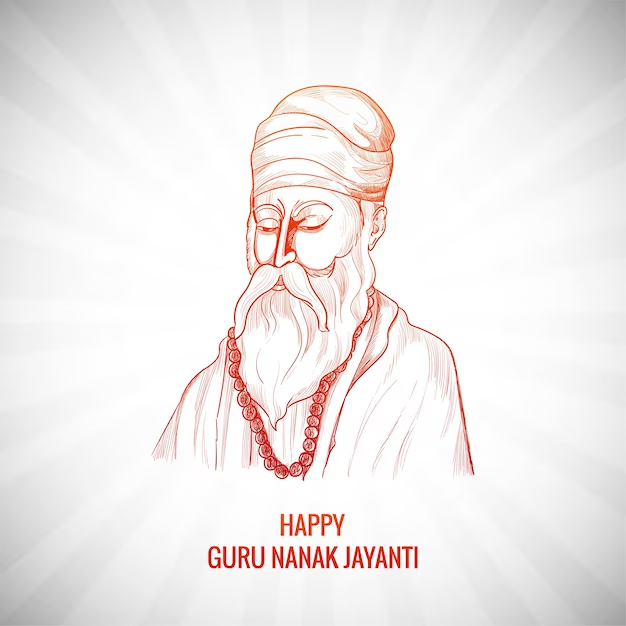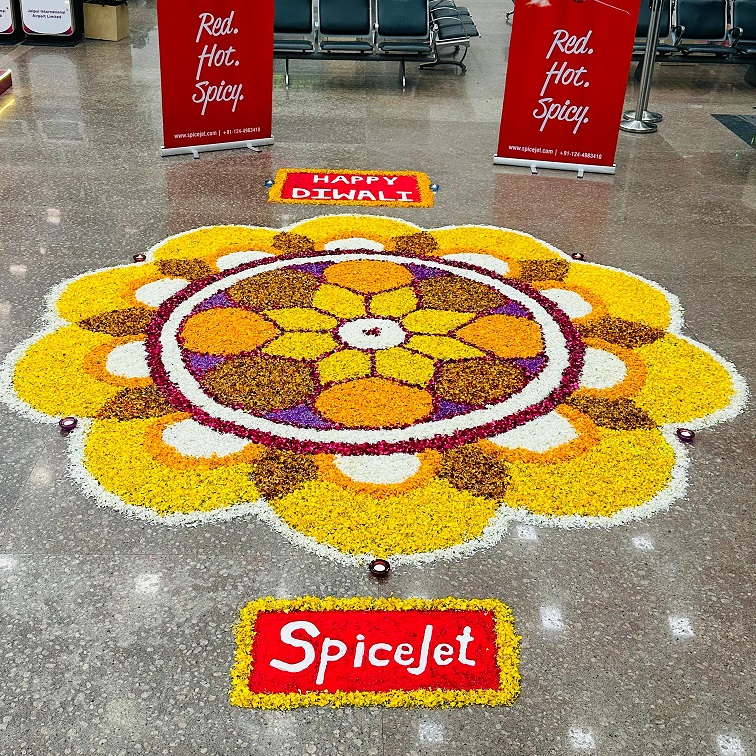Chhath Puja
Chhath is a prominent and very auspicious festival celebrated primarily in the Indian state of Bihar and its neighbouring regions. It is dedicated to the worship of the Sun God (Surya) and is observed with great devotion and enthusiasm. The festival is celebrated in Kartik month and usually falls in the month of October or November.
During Chhath, devotees, mostly women, fast and offer prayers to the Sun God during sunrise and sunset on the banks of rivers, ponds, or other water bodies. Devotees prepare Prasaad which includes fruits like sugarcane, Coconut, Sweet-lime and Banana, also special Thekua & Kheer is the part of rituals. Devotees seek blessings for the well-being and prosperity of their families. Chhath is known for its eco-friendly practices and its deep connection to nature.
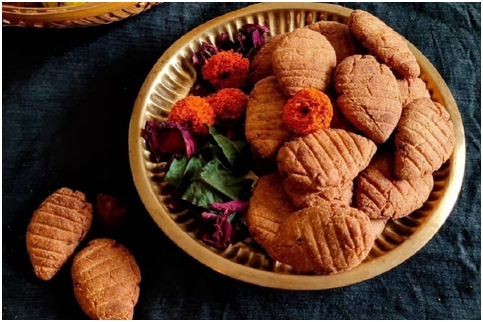
The festival is marked by several customs, including taking a holy dip, fasting, and observing strict rituals. Chhath Puja is not only a religious event but also a significant cultural celebration in the region, with traditional songs and dances being an integral part of the festivities. It is a time for families to come together and celebrate with devotion and purity.
Rituals of Chhath Puja Chhath Puja is known for its intricate and rigorous rituals. Chhath Puja involves strict fasting, rigorous rituals, and a deep connection with nature. It is a time of devotion and thanksgiving to the Sun God for sustaining life on Earth. The rituals are performed with purity and dedication, and they are an integral part of the festival’s significance.
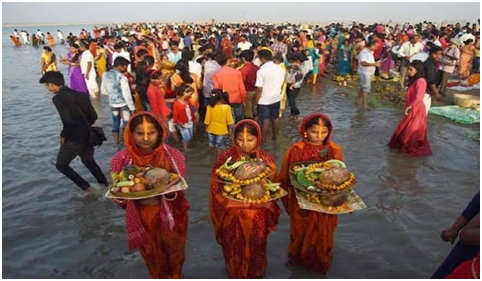
The main rituals involved in Chhath Puja are as follows:
1. Nahay Khay (Day 1): On the first day of Chhath Puja celebration, people who observe the fast rise early in the morning to take bath in the river and worship before consuming meals. The celebrations for Chhath Puja officially start at this point. In observance of this, people fast, dress neatly, and prepare food. Devotees prepare Chana daal with Lauki and boiled rice on this day.
2. Kharna (Day 2): On this day, devotees prepare a prasad of Kheer made with Jaggery and Arwa Rice. This Kheer is also known as Rasiya, and it is cooked using mango wood and clay stove. They also observe Nirjala Vrat (Fasting without a drop of water) from sunrise to sunset.
3. Sanjh ka Arghya (Day 3): This day is spent preparing the prasad (offerings) at home, often consisting of a bamboo basket decorated with Fruits, Thekua and Rice laddus. On the eve of this day, the entire household accompany the devotee to a riverbank, pond, or other large body of water to make the evening Arghya offerings to the setting sun. At the time of arghya, Gangajal water is offered to Sun God and the Chhathi Maiya is worshipped with the prasad. After the worship of Sun God, Chhath songs are sung in the night and the Vrat Katha is read.
4. Bhor ka Arghya (Day 4) Before sunrise on the last day of Chhath puja, the devotees have to go to the riverbank to offer an Arghya to the rising Sun. After this, the well-beings of the children & peace and happiness of the entire family is sought from Chhatti Maiya. After worship, the devotees drink water and eat a little prasaad in order to end fast. This is called Paran.
Every year Spice Jet is delighted to join in the vibrant celebrations of the chhath festival at the Airport. We come together to honour this age old tradition and we extent our warmest wishes to all those observing this auspicious festival. May this Chhath festival bring prosperity, peace and joy to all and may the spirit of togetherness continue to soar as high as our flights. We are proud to be part of this celebration and look forward to many more such joy full occasions with our passengers.
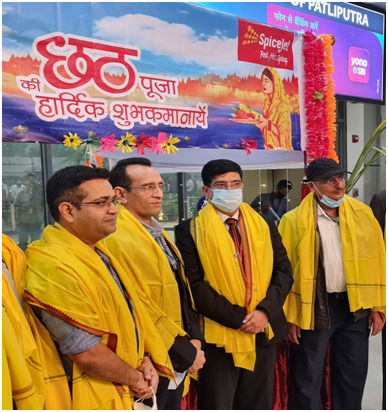
Happy Chhath!!
Syed Z Hassan
Airport Manager, SpiceJet Ltd, Patna



